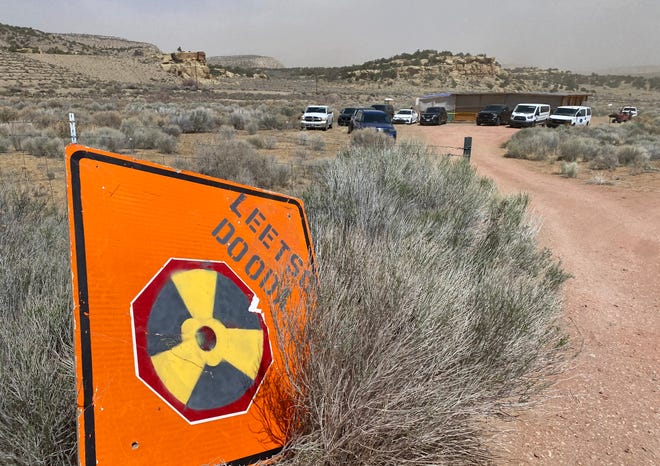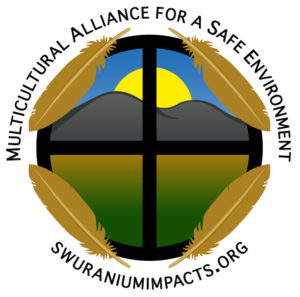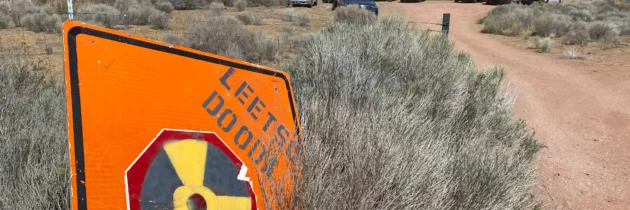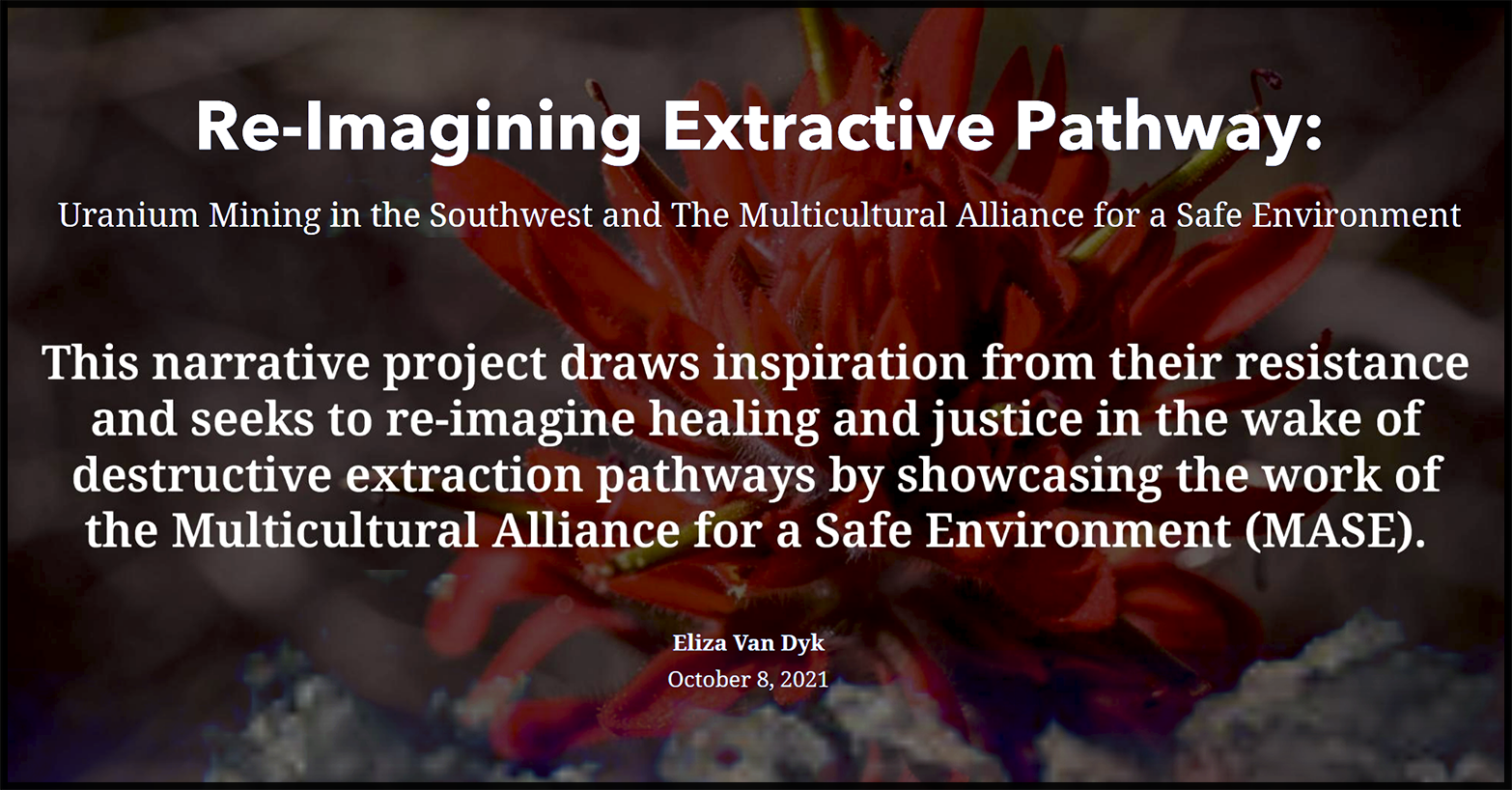NRC delays decision on plan to remove uranium mine waste from Church Rock site
Noel Lyn Smith Farmington Daily Times

FARMINGTON — A decision that was expected this month about whether to remove uranium mine waste from an area near a Church Rock community or store it onsite near the community has been delayed for now by the U.S. Nuclear Regulatory Commission.
Area residents have called on federal agencies to have United Nuclear Corporation transport the waste to disposal facilities outside the area.
The NRC and its and staff will continue evaluating a request from United Nuclear Corporation to amend its cleanup plan to transport contaminated soil from its uranium mines and dispose the waste at its mill site. The entire activity would take place next to the Red Water Pond Road Community, an area north of Church Rock.
The design of the cleanup was completed in 2018 and approved by the U.S. Environmental Protection Agency for submission to the Nuclear Regulatory Commission, which must approve the request before work can begin, according to information about the Northeast Church Rock Mine posted on the EPA website.
Community wants uranium waste removed
Eric Jantz is an attorney with the New Mexico Environmental Law Center and represents residents of the Red Water Pond Road Community, the people who live next to the mines and mill site proposed as a storage area for uranium waste.
“RWPRC hopes the commission’s action will spur the U.S. EPA Region 9 to reconsider its decision to move mine waste from the Northeast Church Rock site to the United Nuclear mill, which it forced upon the community,” Jantz said in a statement.
“EPA should engage the RWPRC and the Navajo Nation at the earliest stages of decision‐making. This would not only avoid lengthy and costly delays in the future, it would also fulfill the United States’ obligations under international human rights law,” he said.
Jantz was among those who spoke to commissioners about the proposal during the commission’s visit to the community on April 22.
Throughout the session, commissioners were provided first‐hand accounts from residents about the impacts of uranium contamination on the Navajo Nation. They also expressed opposition to the proposal and advocated for removing the waste from the area.
“Our village is not on a main road. No one sees where we live. That is why they have not cleaned up the uranium waste. Hopefully, they will change course and take the materials away from our homes,” Edith Hood, president of the Red Water Pond Road Community Association, said about the commission’s delay.
Navajo Nation President Jonathan Nez told commissioners that uranium mining on the tribal land was the result of the federal government seeking the material for nuclear weapons.
He underscored that the federal government has the responsibility to remove mine waste from the Red Water Pond Road area and from abandoned mines across the tribal land.
“The Nuclear Regulatory Commission’s decision to hold off on issuing the final EIS is a strong indication that the voices of our people were heard when the commissioners visited the Red Water Pond Road Community,” Nez said on June 17 in a statement to the Daily Times.
He continued, “the commissioners heard a lot of heartfelt testimony and personal accounts from our elders and young people of the physical and mental health impacts brought on by the federal government’s previous uranium mining activities. We appreciate the commission’s decision to hold off and we continue to urge the NRC to move the uranium waste far from our homelands.”
Noel Lyn Smith covers the Navajo Nation for The Daily Times. She can be reached at 505-564-4636 or by email at nsmith@daily-times.com.






